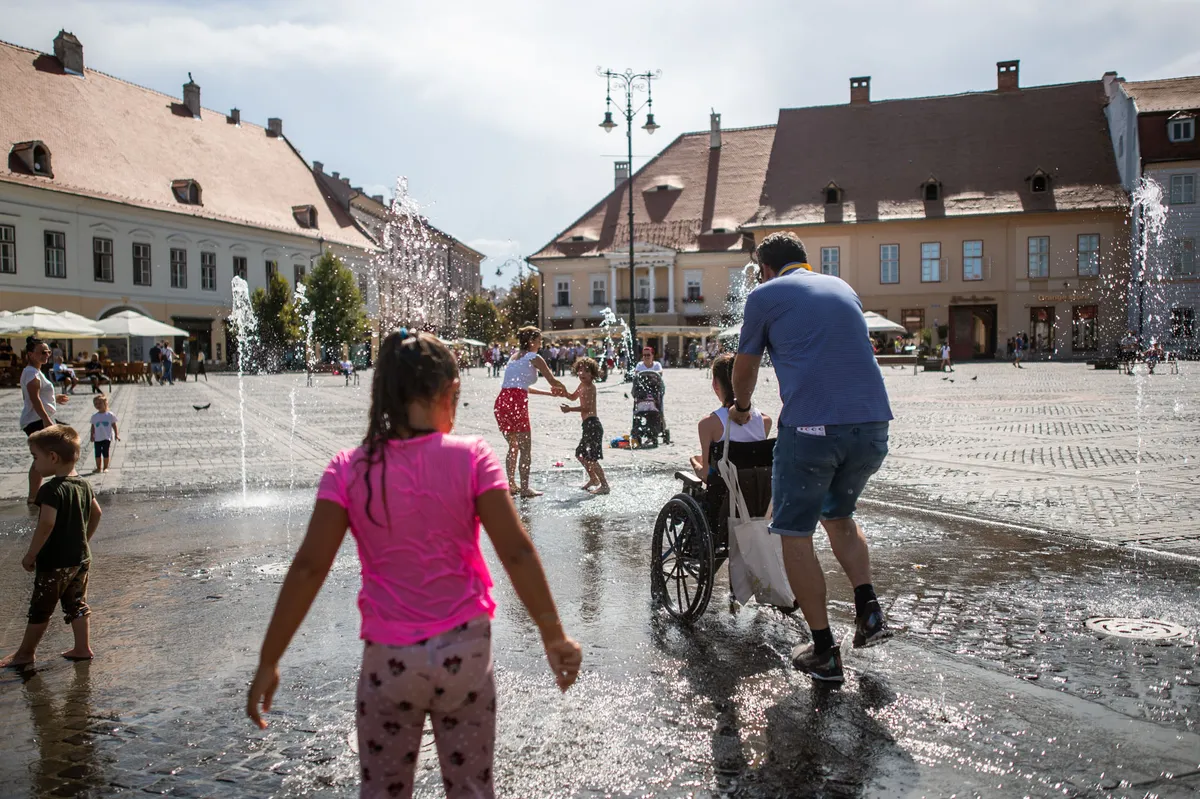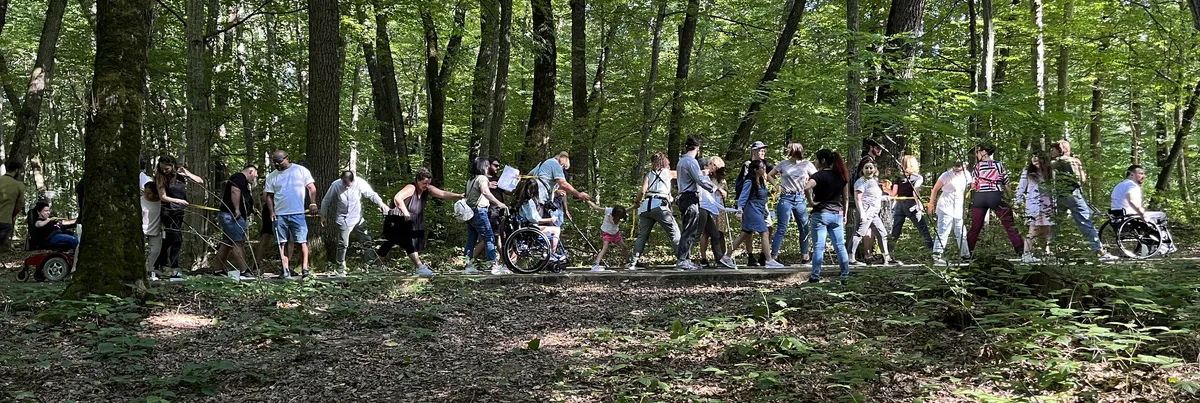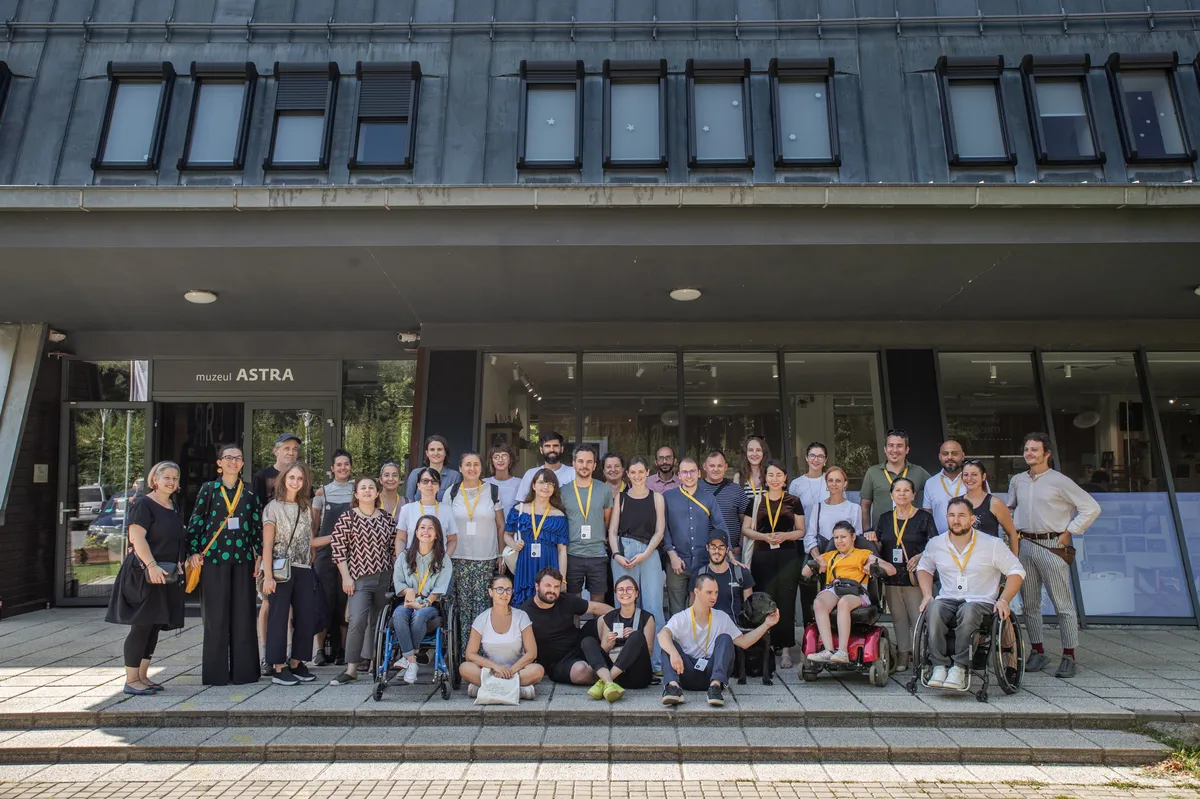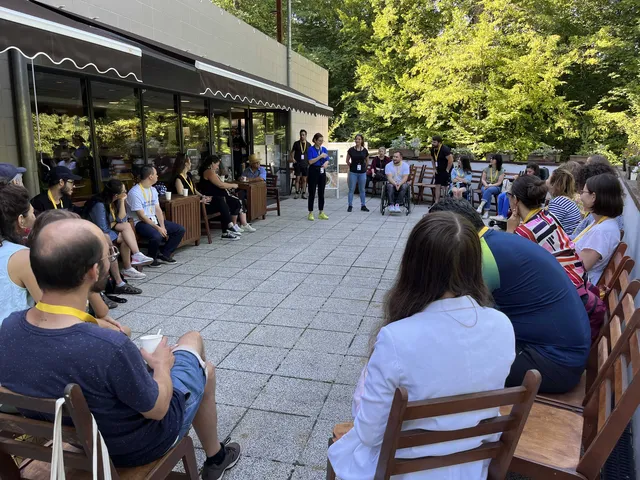
1/10

2/10

3/10

4/10

5/10

6/10

7/10

8/10

9/10

10/10
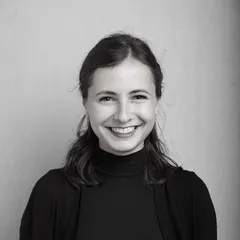
Author(s) / Team representatives
Iris Popescu
Profession
Architect, inclusive design expert
Collective/office
AMAIS - The Alternative Methods of Social Integration Association
Co-authors/team members
Andreea Tănase - event organizer, Teodora Sârbu & Răzvan Ciobanu - facilitators, Roxana Tănăsachi - communication.
External collaborators
PAID and ENEL Romania, "Astra" National Museum Complex, Wild Goat Media, Robert Bârlea, OAR National
Project location
Sibiu, Romania
Budget in euros
25000
Area
-
Project start date
July 2022
Project completion date
July 2023
Website
Photo credits
Robert Barlea, Iris Popescu, Roxana Tanasachi
